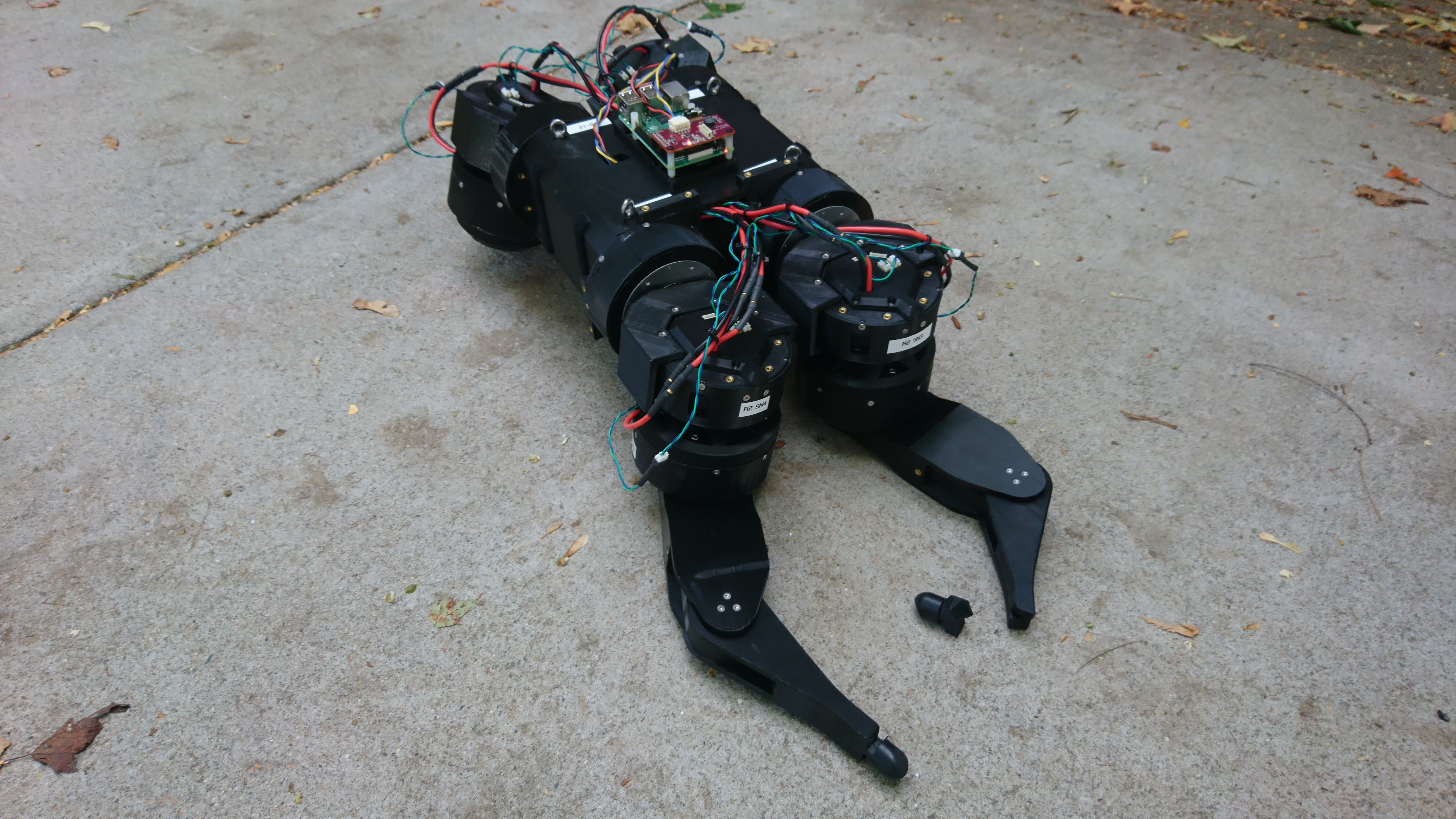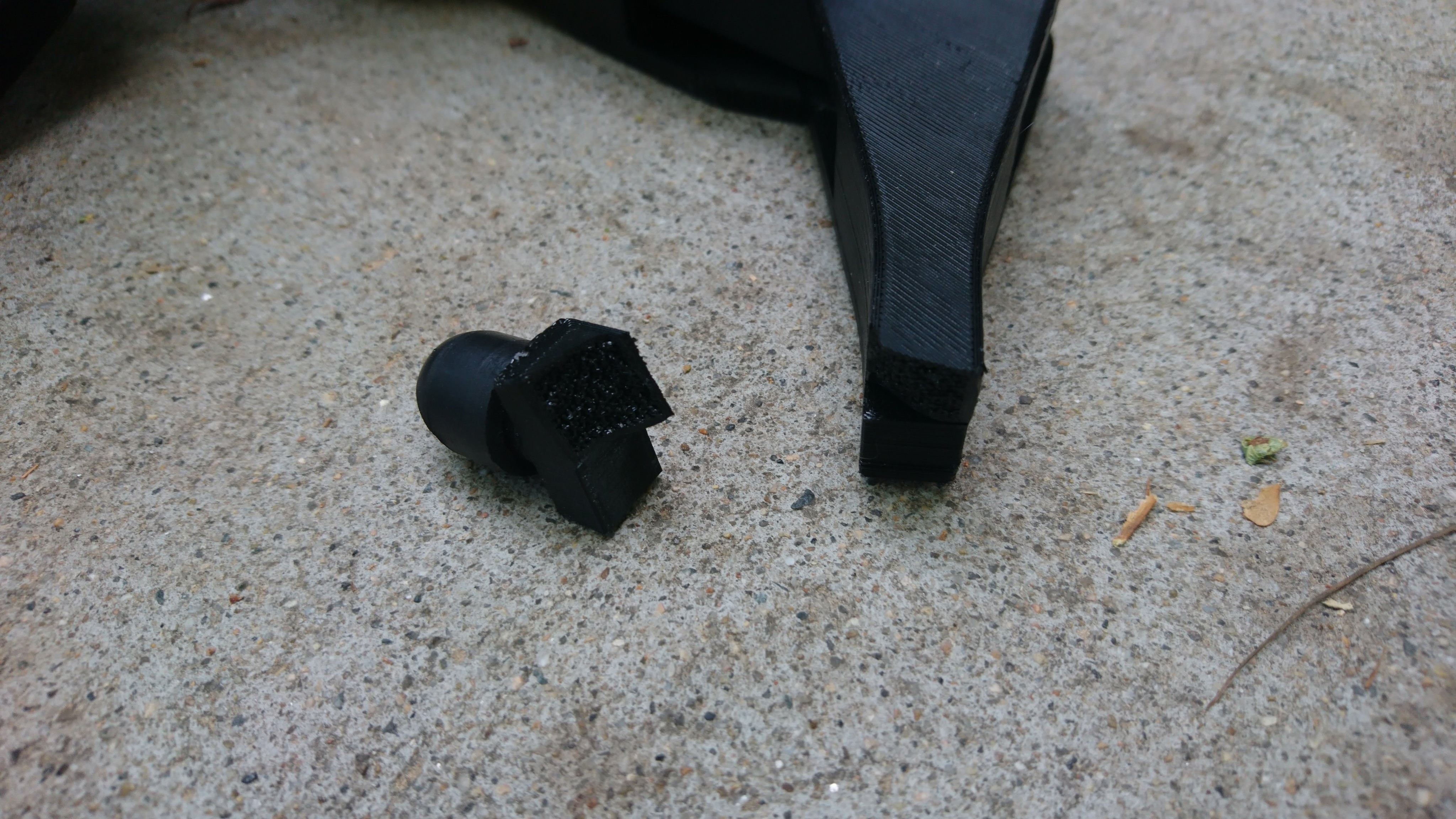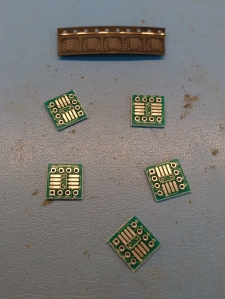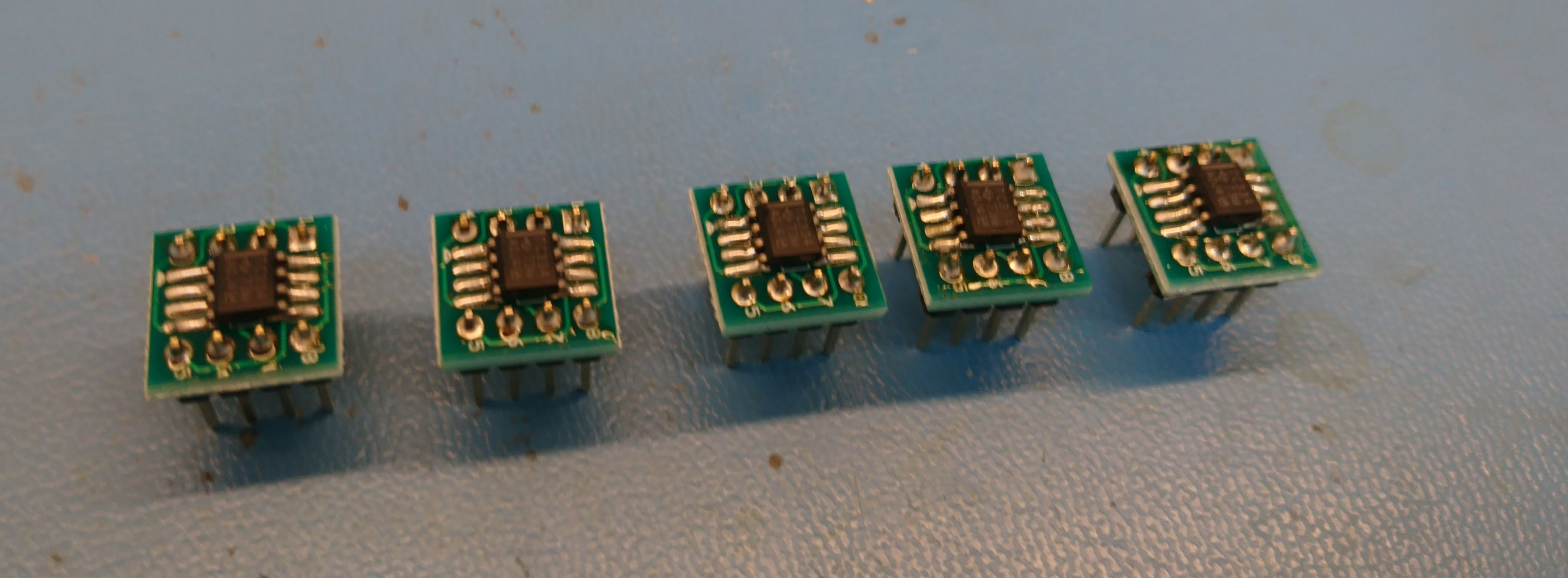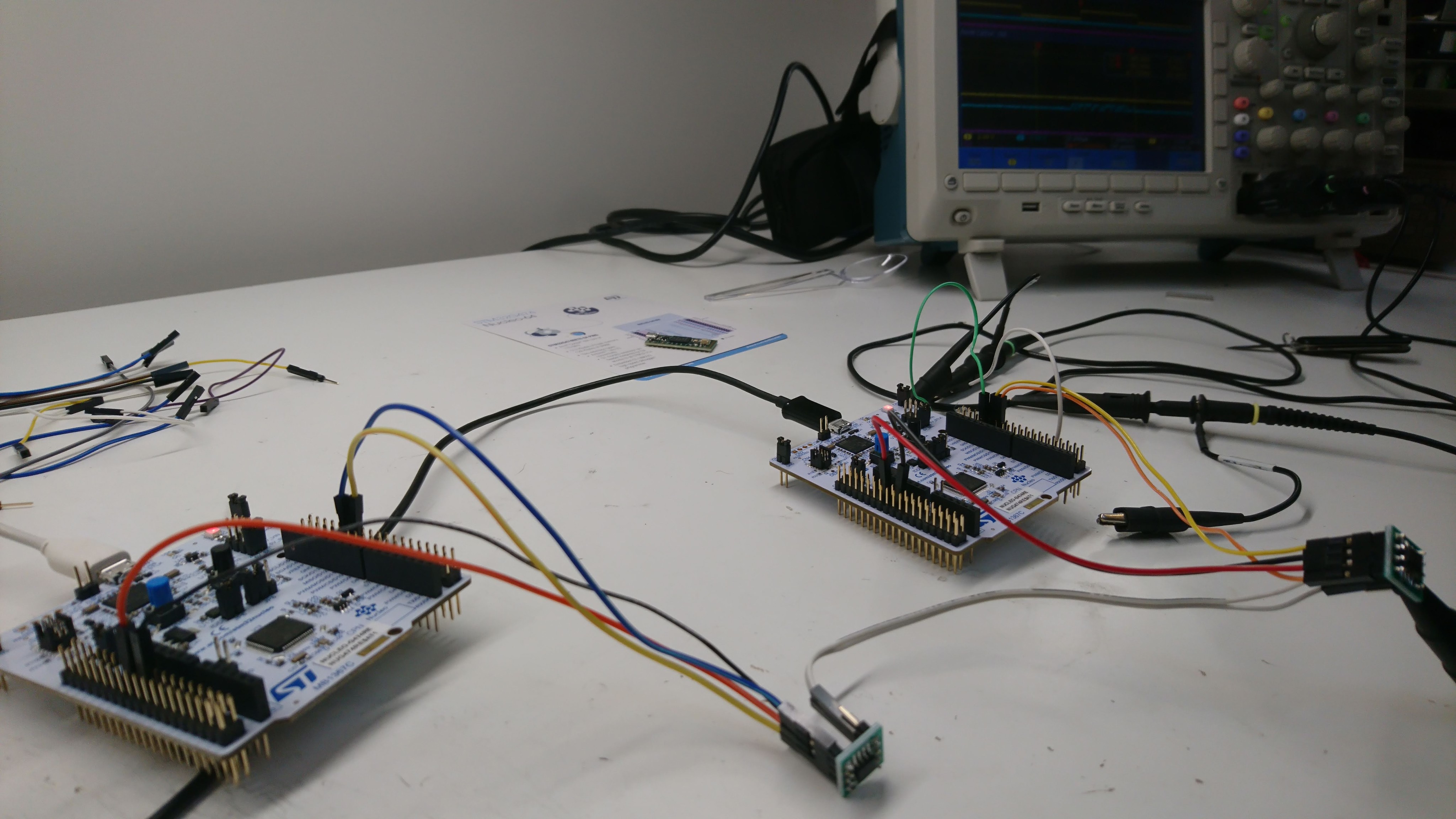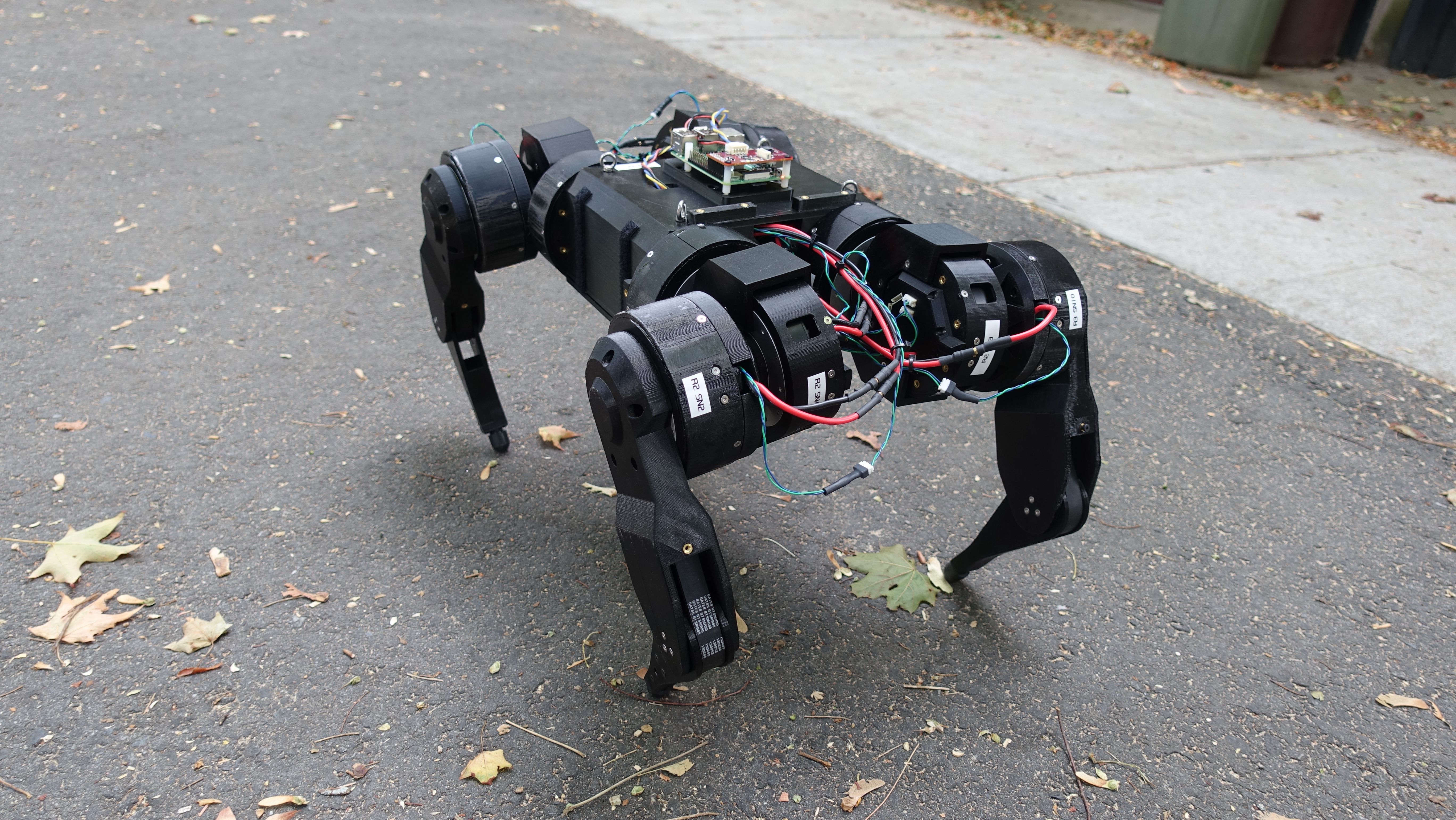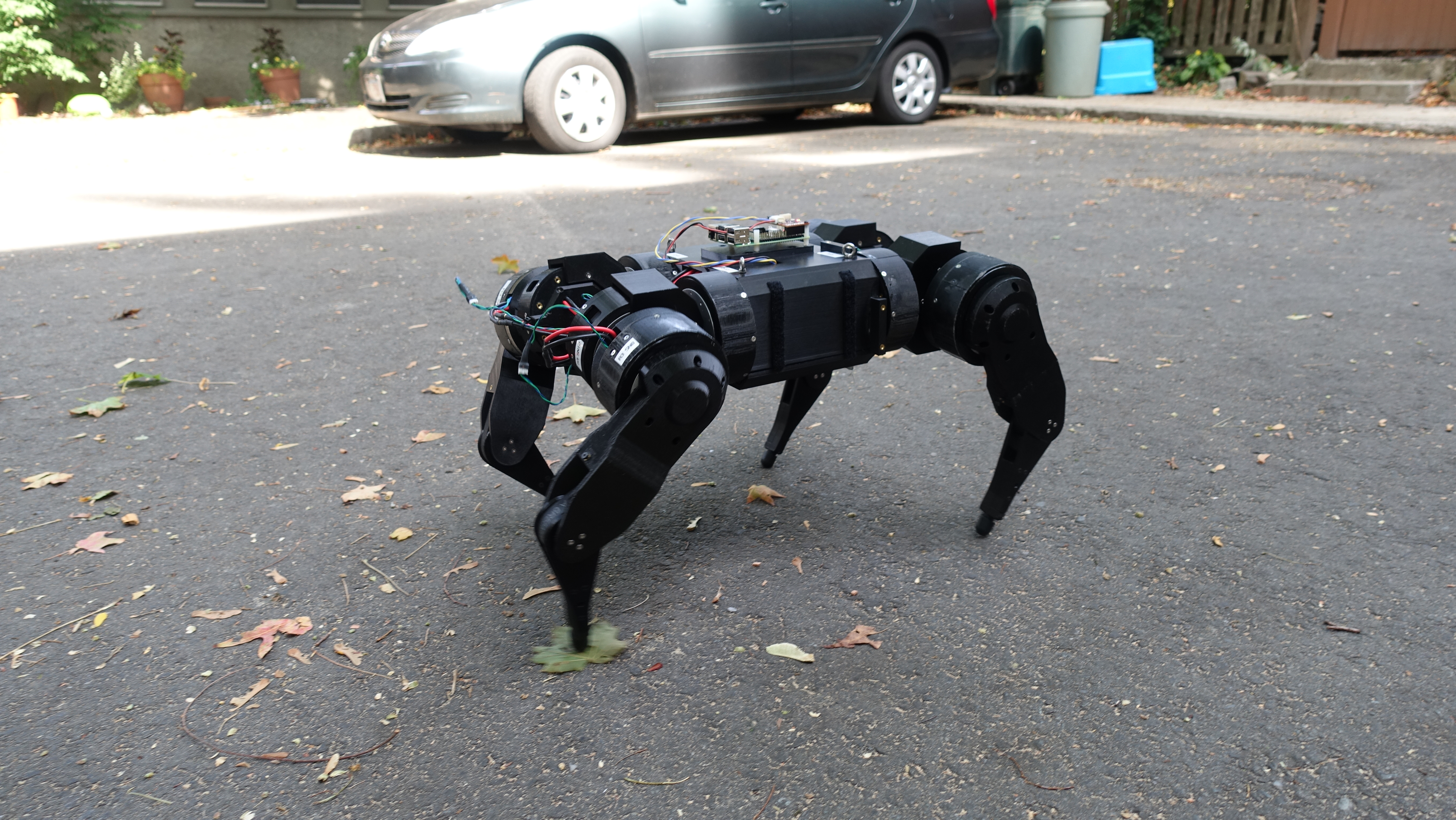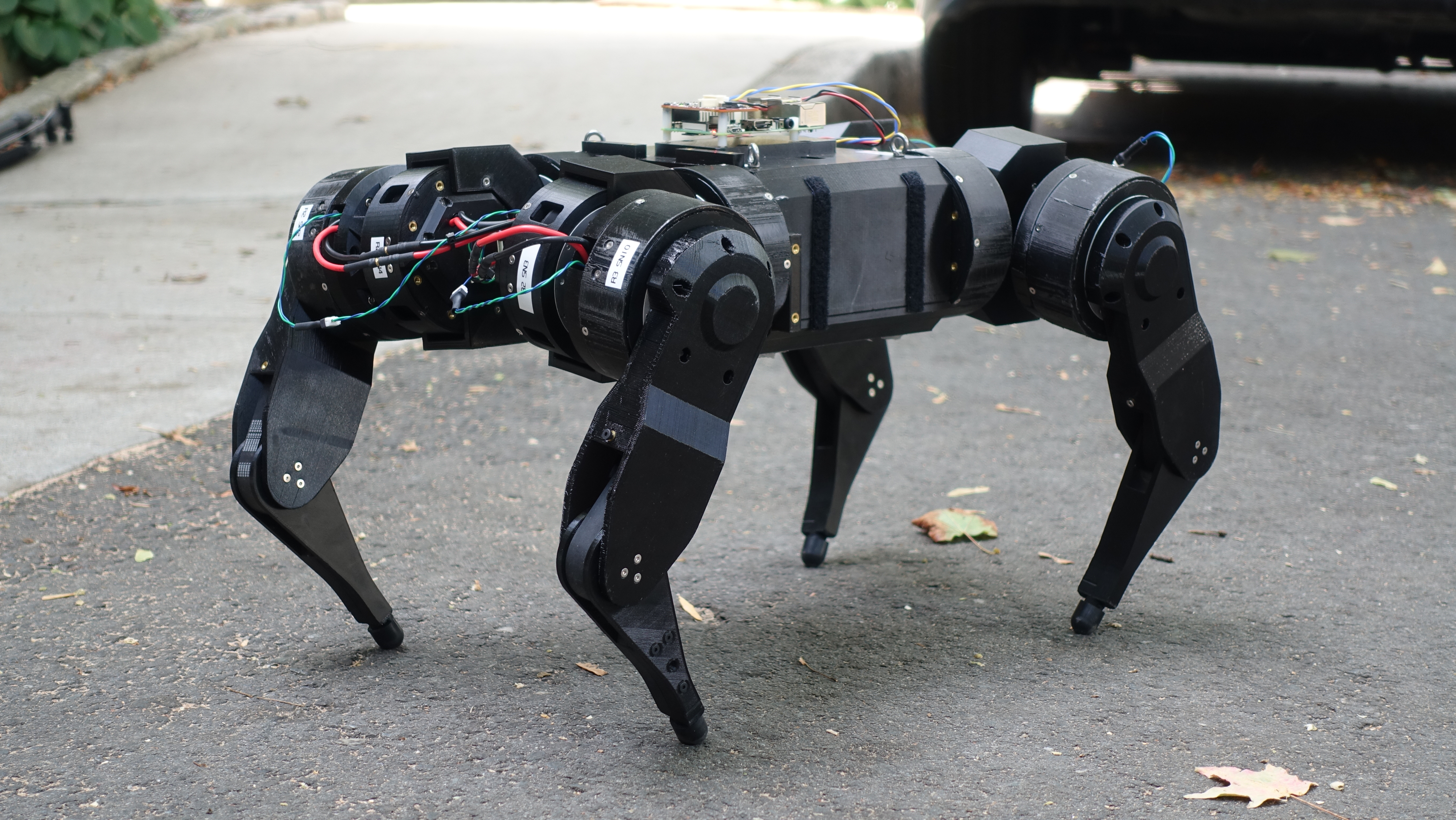My last video gave an overview of what I’ve accomplished over the past year. Now, let me talk about what I’m planning to work on going forward:
I intend to divide my efforts into two parallel tracks. The first is to demonstrate increased capabilities and continue learning with the existing quad A0, and second is to design and manufacture the next revision of all its major components.
New capabilities and learning
The first, and most important capability I want to develop is an improved gait and locomotion system. While the moteus servos in the quad A0 are capable of high rate compliant control, the gait engine that I’m using now is still basically the same one that I made for the HerkuleX servos 5 years ago. It just commands open loop positions to each of the servos and uses no feedback from the platform at all. This severely limits what the robot can do. For instance, if the terrain is not level, legs will drag on the ground or it will not walk at all. The maximum speed is relatively slow and achieving it requires careful tuning of servo-level gains. While it is more robust than nearly any other open loop 4 legged walker while standing up, even small disturbances can cause it to fall over.

